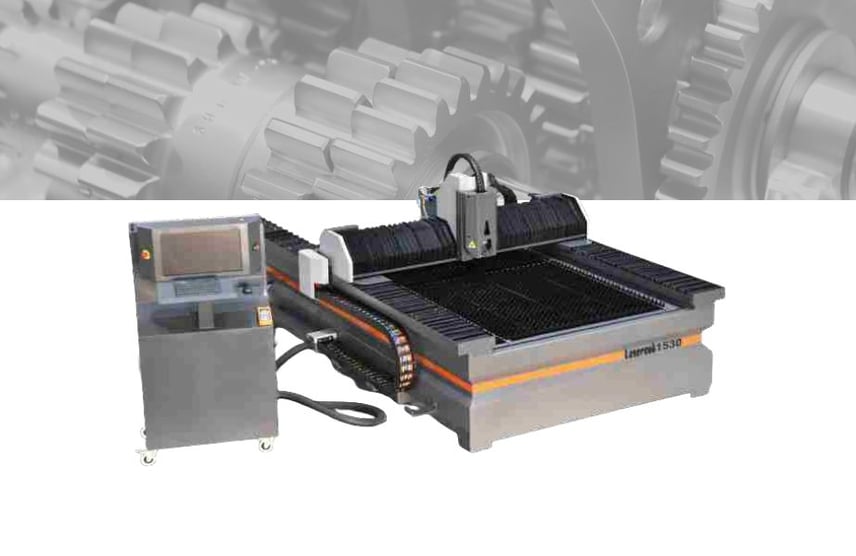In recent years, fiber laser cutting machines have increasingly become integral tools within research and educational institutes. These advanced laser machines provide unparalleled precision, efficiency and versatility, making them highly suitable for prototype development, experimental research and hands-on teaching.
Institutes across disciplines such as engineering, materials science and design rely on fiber laser cutting machine to facilitate innovation and skill development. This article explores how these laser cutting technologies support the creation of prototypes, enable intricate experiments and enhance educational outcomes.
The Advantages of Fiber Laser Cutting Machines for Prototyping
Prototyping forms the backbone of innovation in research institutes. Whether developing new materials, mechanical parts or electronic housings, rapid and accurate prototype fabrication is essential.
Precision and Speed in Prototype Fabrication
Fiber laser cutting machines offer high precision cutting with minimal thermal distortion, which allows researchers to produce complex and detailed prototypes with tight tolerances. The ability to cut a wide range of materials including metals, plastics and composites ensures versatility for multidisciplinary projects.
The fast-cutting speeds and minimal setup time available with laser cutting machines reduce turnaround time, enabling researchers to iterate designs rapidly and efficiently. This agility is critical in fast-paced research environments.
Material Efficiency and Customization
Fiber lasers use a focused beam that delivers energy precisely where needed, minimizing waste. For institutes often working with limited budgets and specialized materials, this efficiency matters. Furthermore, the software integration with laser machines enables automated control over cutting parameters, supporting customized prototype production at scale.

Utilizing Fiber Laser Cutting in Experimental Research
Beyond prototyping, fiber laser cutting plays a pivotal role in experimental setups where material properties, structural behavior or device functions are studied.
Creating Complex Test Samples
Researchers frequently need precisely shaped samples or components to validate theories or test hypotheses. Fiber laser cutting machines produce uniform samples with controlled dimensions that are essential for reproducibility and accuracy in experiments.
Enabling Multi-Material and Microfabrication Research
Some experiments require cutting or marking on multiple materials or fine microstructures. Advanced laser cutting machine excel in creating intricate patterns or identification marks without damaging adjacent areas, facilitating traceability and quality control in research projects.
Supporting Interdisciplinary Studies
Laser machines integrate well with other lab equipment and techniques, enabling composite experiments combining laser cutting with additive manufacturing, microscopy or spectroscopy. This synergy broadens the scope of research possible within educational institutes.
Teaching Applications of Fiber Laser Cutting and Marking Machines
Educational institutes increasingly incorporate hands-on learning with fiber laser cutting machines to prepare students for modern manufacturing and design challenges.
Practical Skill Development
Students gain experience in operating laser cutting machines, understanding material behavior and troubleshooting – skills directly transferable to industry roles. The tangible nature of laser cutting projects enhances comprehension of theoretical concepts taught in classrooms.
Encouraging Creativity and Innovation
Laser machines empower students to translate ideas into physical objects rapidly. Whether designing architectural models, mechanical parts or artistic creations, fiber laser cutting encourages experimentation and fosters creative thinking.
Integration with Curriculum and Research
Institutes often align laser cutting projects with academic goals, embedding machine use into coursework and research assignments. This integration promotes a deeper understanding of manufacturing processes and material science principles.
What Our Customers Say
“Largest Display of Machinery across India. Wide range of Machines. Very Co-operative staff. Range of Tapping Machine and Re-sharpening Machines are outstanding. Very Cost effective and useful in Precision Machining Work. Their staff is co – operative for after sales support.”
Tirth Bhojani On Google
Factors Driving Adoption of Fiber Laser Cutting Machines in Institutes
Several key factors explain the growing presence of fiber laser cutting machines in research and education:
- Technological Advancements: Modern laser machines offer user-friendly interfaces, enhanced safety features and integration with CAD/CAM software, making them accessible for educational use.
- Cost Efficiency: While laser cutting machines represent its reliability, low maintenance and material efficiency reduce long-term costs.
- Versatility: Fiber lasers handle a broad material spectrum and various thicknesses, suiting diverse institute requirements.
- Precision and Quality: The high accuracy and clean cuts reduce post-processing, saving time and resources in research and teaching.
Challenges and Considerations for Institutes Implementing Laser Machines
Despite their advantages, institutes must consider certain challenges when adopting fiber laser cutting machines:
- Training Needs: Effective use demands operator training to maximize safety and output quality.
- Initial Investment: Budget constraints may limit access to the latest models, although options and other tools can complement laser setups.
- Maintenance and Support: Access to timely technical support ensures minimal downtime, crucial in academic settings with scheduled activities.
Institutes balance these factors against the clear benefits of integrating laser technology.
Future Trends in Fiber Laser Cutting for Education and Research
Emerging trends indicate that the role of laser cutting machine in education and research will expand:
- Integration with Digital Fabrication Labs: Institutes are establishing maker spaces with multiple digital tools, including laser machines, to foster interdisciplinary learning.
- Remote Operation and Automation: Advances allow remote monitoring of laser machines, supporting flexible learning and research schedules.
Conclusion
The continuous growth of fiber laser cutting machines in research and educational institutes reflects their unmatched utility in prototyping, experimentation and teaching. Their precision, speed and versatility empower institutes to foster innovation, deepen practical knowledge and accelerate research outputs.
By integrating fiber laser cutting, educational and research facilities prepare students and researchers for the demands of modern manufacturing and scientific inquiry. This synergy between technology and education promises to drive future advancements across disciplines.







